- Five food waste hacks that will decrease your carbon footprint in your kitchen
- How to make a home more energy-efficient
- Everyday sustainable swaps that make a difference
- Tips for upcycling and repairing your wardrobe
- How to shop ethically on a budget
-
1. Five food waste hacks that will decrease your carbon footprint in your kitchen
While we love food as much as the next person, we hate that the production, distribution and waste management required to feed the +6billion people on the planet, accrues a massive carbon footprint. Throw in the astronomical amount of finite resources involved in the process and the fact that nearly 1 billion starving people go without food every day, and it’s enough to make you appreciate it even more.

Unfortunately, one third of food is wasted every day, which seems crazy. But all is not lost, especially if we can just shift the way we view food. If we want to reduce this mind-boggling level of food waste then we need to learn to value food; recognising the time, resources and people that went into its creation. Reducing food waste is an incredibly easy and effective way to minimise our carbon footprint with minimal effort, using just a few simple steps and hacks. It saves heaps of money too.

Understand supermarket psychology
From jumbo trolleys that can fit a month’s supply of food, to too-good-to-resist deals, supermarkets use a number of different strategies to get us to buy more. “And what’s wrong with giant trolleys or sweet money-saving deals” we hear you roar? Well, while bulk buying non-perishable foods can save you money, buying too much perishable food doesn’t save you money if it ends up in the bin. And your food is much more likely to end up in a bin if it’s been shoved into the back of a fridge that is so jam-packed full of discounted produce, that it goes off before we even have a chance to spot it by the end of the week.
Learn to love lists
Writing out a sensible shopping list in advance is a really simple way to ensure you only buy what you need and don’t get sucked into any clever marketing tactics along the aisles. It’s also always helpful to take stock of what you didn’t eat or ended up throwing out last week, to ensure you don’t buy as much of that item this week.
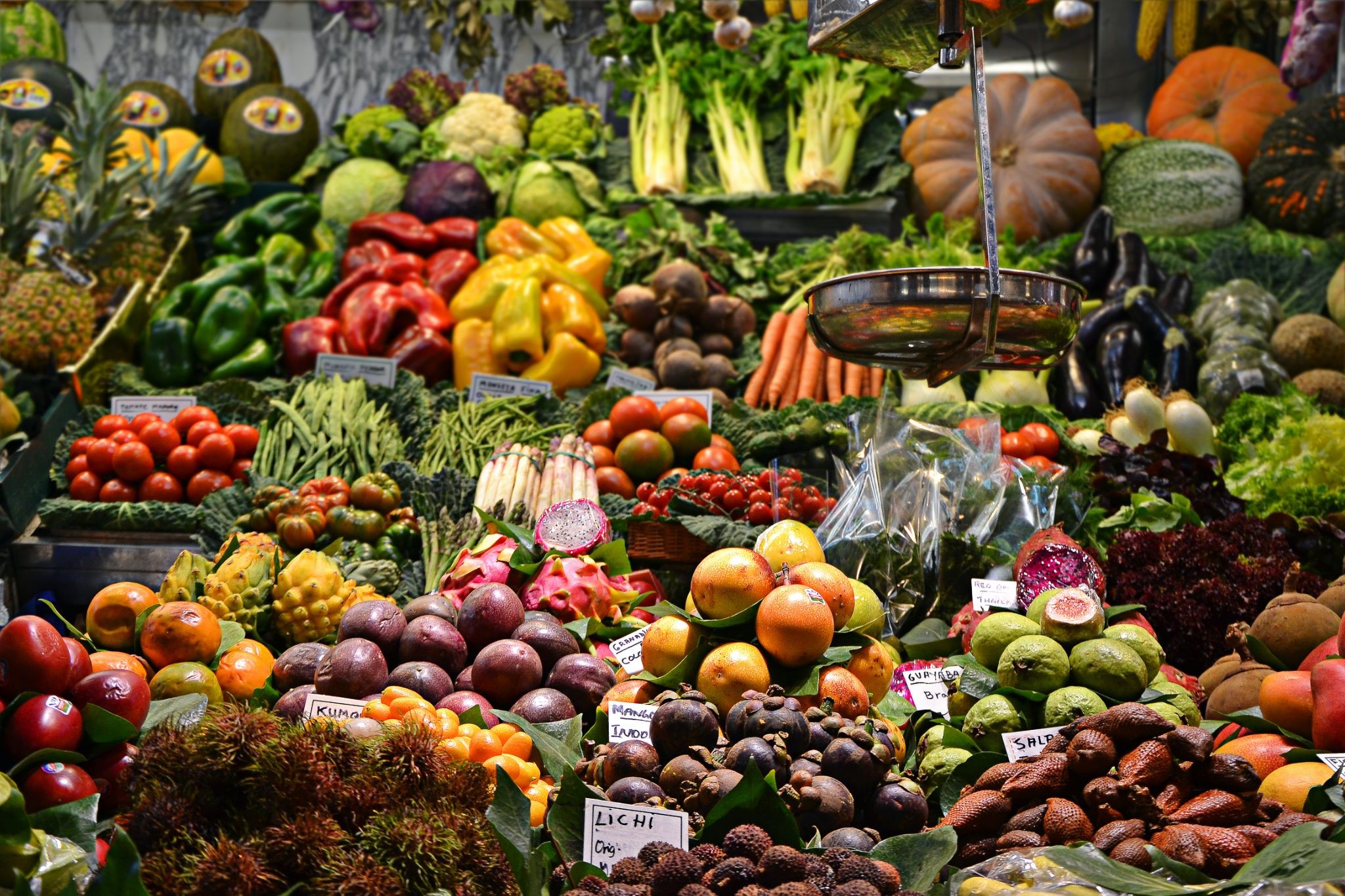
Choose seasonal, local produce
Eating seasonally means you follow the rhythm of Mother Nature and eat as she intended. You get hearty, comforting fruit & veg (eg spuds, squash, apples and pears) in the winter months, leaving the sweeter, more colour stuff (berries, rhubarb, tomatoes and radishes) for the summer months, when we all tend to be more active and in need of additional sugars. This removes the need for heated greenhouses, and the accompanying carbon emissions they produce, needed to help artificially grow produce in a climate that it is not suited to.
Eating food that has been grown locally and in season also means that you are getting it when it is at its prime because the time it takes to get from farm to fork is shorter. So you get food that tastes better, has more nutrients, and lasts longer - a win-win all round.
Get creative with the way you view food
Who decided that broccoli stalks were inedible? Or that carrots should be topped? Food is food and unless it’s mouldy where it shouldn’t be, it should be good to eat. There are also ample opportunities to get creative with food that might be on its last legs. Batch cooking and freezing individual portions is a great time-saver for the week ahead and helps make use of your food before it has the chance to go off. Making a veg stock with veg scraps (potato skins/onion peels/ garlic bulbs etc) is another brilliant idea, as is whizzing up lacklustre or bruised fruit and veg into a tasty smoothie or soup.
-
2. How to make a home more energy-efficient
If you are looking to jump aboard the sustainability train and cut down on your carbon footprint, a great place to start is at home. We spend most of our time at home and therefore that is where we do a lot of environmental harm. However, by making small changes to become more energy efficient at home, we can switch that up and make a positive environmental impact.

If all of us made just one eco-friendly change, we would significantly impact the earth, our communities and our energy bills. Whether you are a homeowner or a renter, here are a few of our favourite tips to make your home more energy efficient.

Lower your thermostat
Try to get into the habit of lowering the temperature on your thermostat when you are not at home. Having your home nice and toasty whilst cuddled up watching your favourite movie for the 17th time we can understand but heating your home to the same temperature during the day when you are not there, just doesn’t make sense. A reduction of even just 3 to 5 degrees will greatly reduce your energy consumption and energy bill. However, if you want to make a bigger financial impact, lowering your thermostat by 10 to 15 degrees during the work day can save you between 5% and 15% every year.
Become energy efficient when laundering your clothes
We all wash our clothing far too much
It seems obvious but only wash clothing that actually needs to be washed. Use your nose; if you think you can get another wear, don't throw the item into that laundry pile of doom. By airing clothes appropriately or ‘spot cleaning’, we can significantly reduce the amount of washes we do in a year and subsequently reduce our energy consumption.
Reduce the temperature that you're washing your clothes
About 90% of the energy associated with doing laundry involves just heating up the water. The solution? Use a lower heat. This also contributes to stretching the life-span of our clothing, as most fibres lose some of their qualities when reaching 60° degrees regularly.
Ditch the dryer
In many households, the dryer is the third most energy-hungry appliance. Air-drying your clothes can reduce the average household's carbon footprint by a whopping 2,400 pounds a year. Air-drying can be done outside or inside and is so much better for your clothing too.
-
3. Everyday sustainable swaps that make a difference
Plastic is the main issue when it comes to a large majority of our everyday objects. Made from oil, and requiring oil for production, plastic items are massively carbon heavy. They also take hundreds of years to decompose, which presents an additional problem of waste disposal. Plastic runs the risk of ending up in our water systems as plastic pollution, both in full form and as microplastics. Since the UN created initiated the Clean Ocean Initiative in October 2018, over 600 tonnes of plastic waste has been collected at sea and during shore and pier clean-ups.
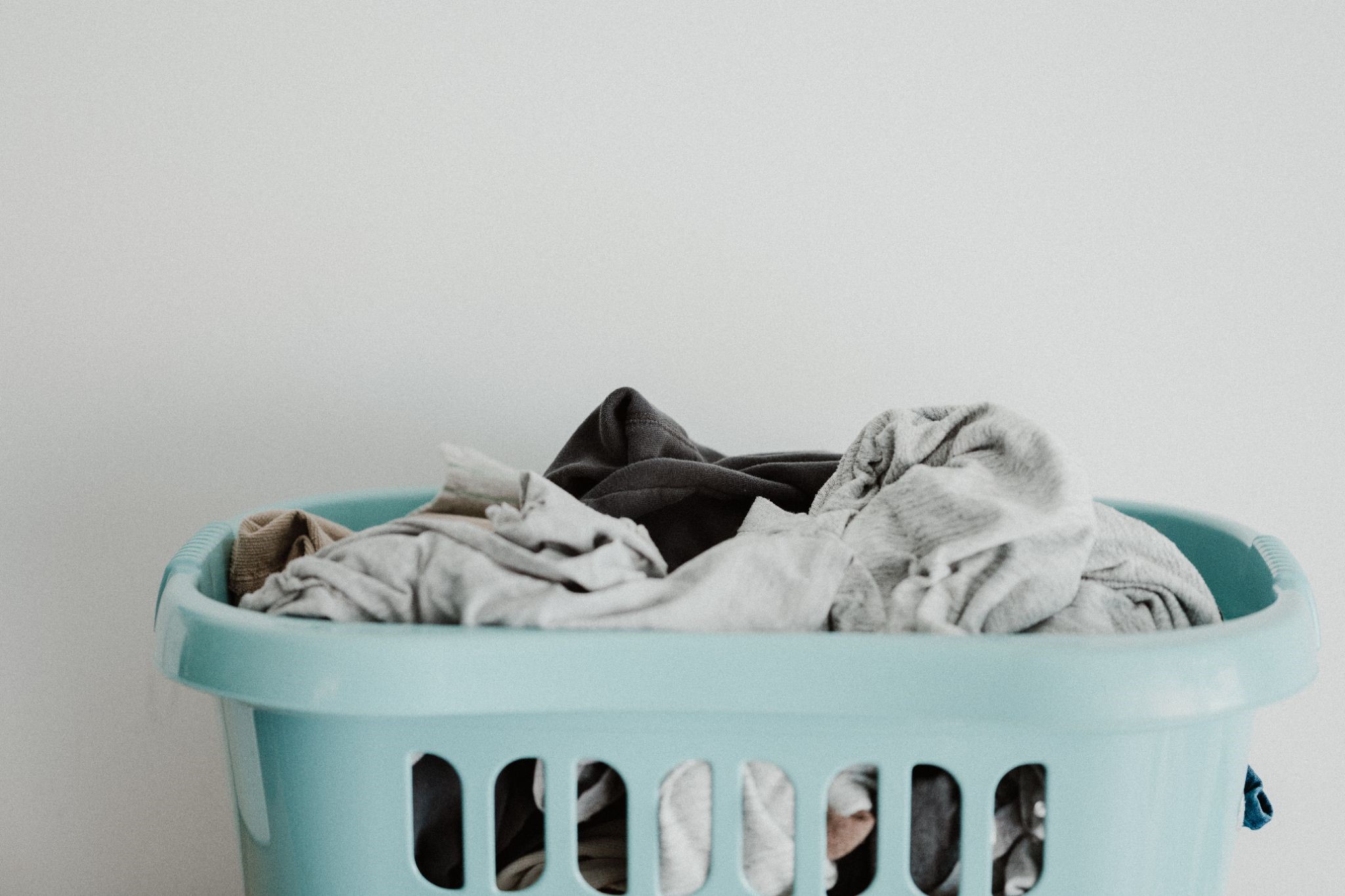
By avoiding plastic – both single-use and otherwise – and swapping to more sustainable, natural alternatives, not only will you be curbing your carbon footprint, but you have the power to influence friends and family to follow your lead. This will ultimately contribute to a societal shift towards increased sustainability, which sends out the message to governments and big businesses that “we care”. This will ultimately put the pressure on them to respond accordingly with more sustainably-minded offerings.
Below are a few ideas to help you get on your way to a more planet-friendly lifestyle and become part of a global movement for good.
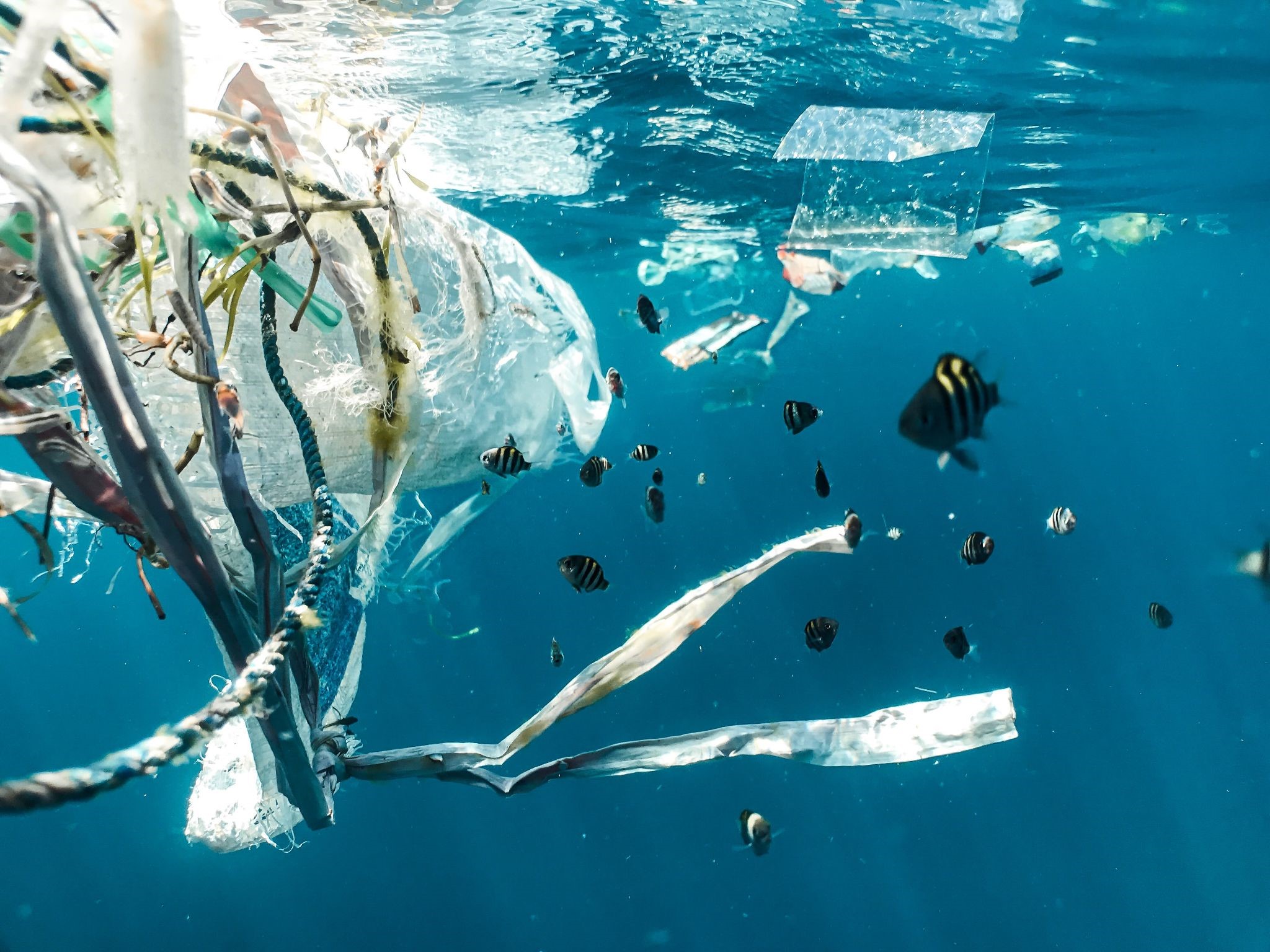
Bathroom swaps
Swapping out your bathroom plastics might actually be one of the easier swaps. With so many alternatives out there such as toothbrushes, razors and even tampons, you’ll be surprised at what small changes you can make to help reduce your plastic intake.
There are countless sustainable living stores popping up all over the country, selling (and delivering) a range of eco-friendly products for the bathroom. This includes bamboo toothbrushes, shampoo bars (which can last you as long as two shampoo bottles), stainless steel razor blades, and even coconut fibre soap rests, to name but a few. Whilst you needn’t throw out every plastic item you have loitering around your sink and replace them with ‘eco alternatives’, purchasing them as required will be sure to help you cut down on your use of unnecessary plastics on a gradual basis.
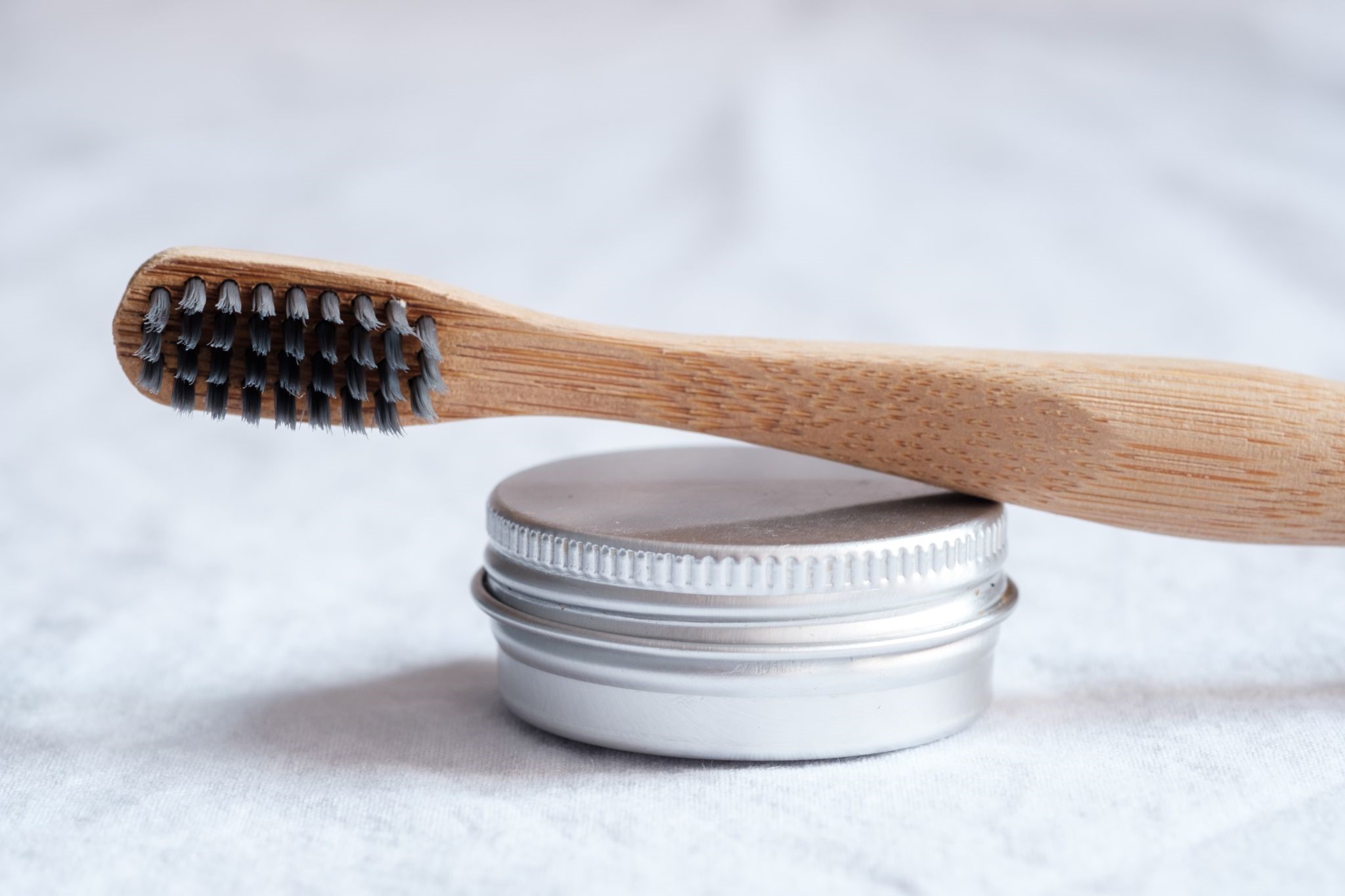
Kitchen swaps
With so much plastic hidden in our homes, it can be easy to forget about how much of it we consume through our food and kitchen habits. It’s only when you take a step back and notice the sheer amount of plastic, oil-based, man-made, energy-intensive products on your counter top and in your bin (often the general waste bin), that it starts to become clear that change is needed.
Just take utensils. Whilst we’d only recommend buying as you need – there’s little point in throwing out items that are serving you, even if they are made from plastic – when you do need a new spatula, spoon, cookie cutter or the likes, try to opt for metal or wooden ones rather than plastic. Not only will this help the environment but it will also ensure you’ll have none of those nasty plastic toxins in your food. Also, try swap out your cling film for reusable or compostable wrapping, which you can find in many Irish stores. The more adventurous amongst us might even consider making their own beeswax wraps.
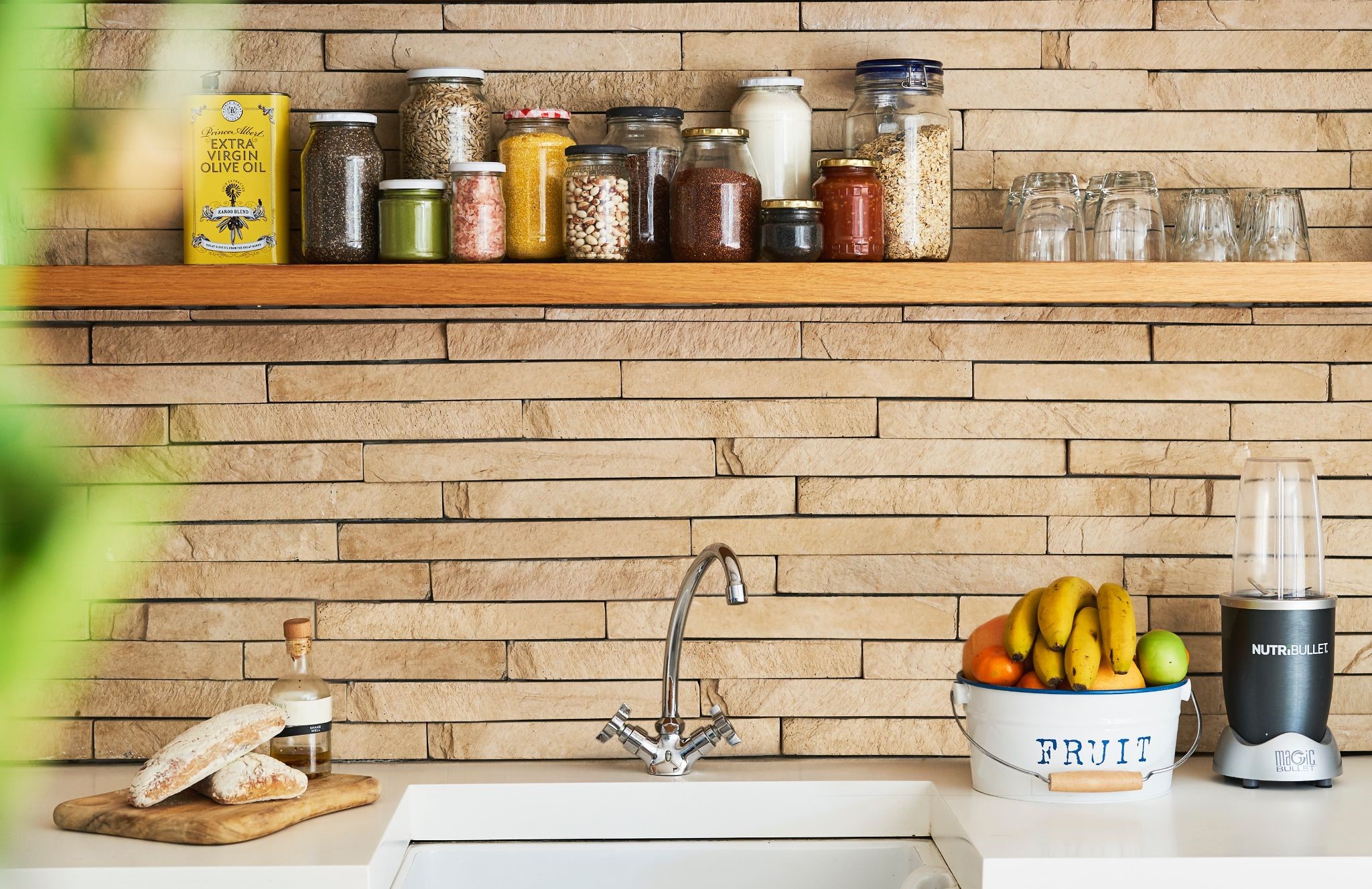
On the move swaps
Take stock of all the single-use plastic you go through on a daily basis and try to cut it down. That means bringing your own cutlery in your bag when you know you’re going to be getting lunch on the go, as well as remembering your keepcup of choice when the coffee cravings kick in. Keeping a reusable carrier bag in an easily-accessible spot – on the back of the hall door, in your backpack, in your car, under the sink – so that you can quickly grab it as you head out, is also very helpful.
-
4. Tips for upcycling and repairing your wardrobe
Unfortunately, the fast fashion industry is one of the most polluting and destructive industries on the planet. Water contamination, large-scale pollution and violation of human rights are the tip of the iceberg when it comes to the harm being done in the production of clothing. But that’s not even the worst bit - the average item of clothing is worn only 6 times before being thrown away. A huge portion of these garments are made of synthetic materials, different variations of plastic, which are NON-biodegradable. This means they will be around, in some shape or another long after we have died.
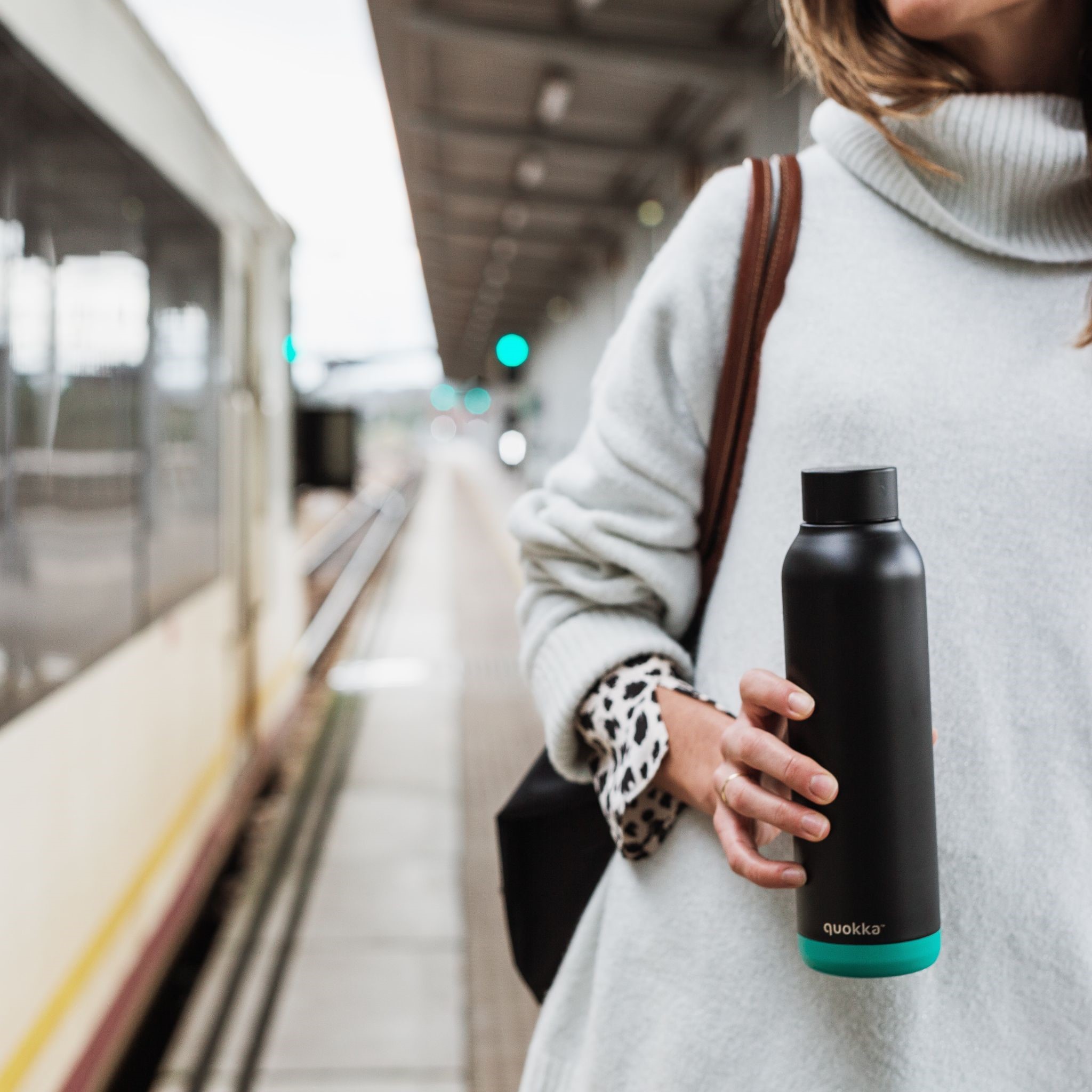
HOWEVER, we have the power to change this. The secret? Wearing our clothes! Wearing an item of clothing for an extra 9 months can reduce its carbon footprint by 20-30%. That’s HUGE! You don’t have to buy anything, you don’t have to sacrifice anything, you just have to wear what you already own. There is no reason why any item of clothing in your wardrobe shouldn’t get to see the world, so here are some tips on how to upcycle and repair your clothes.
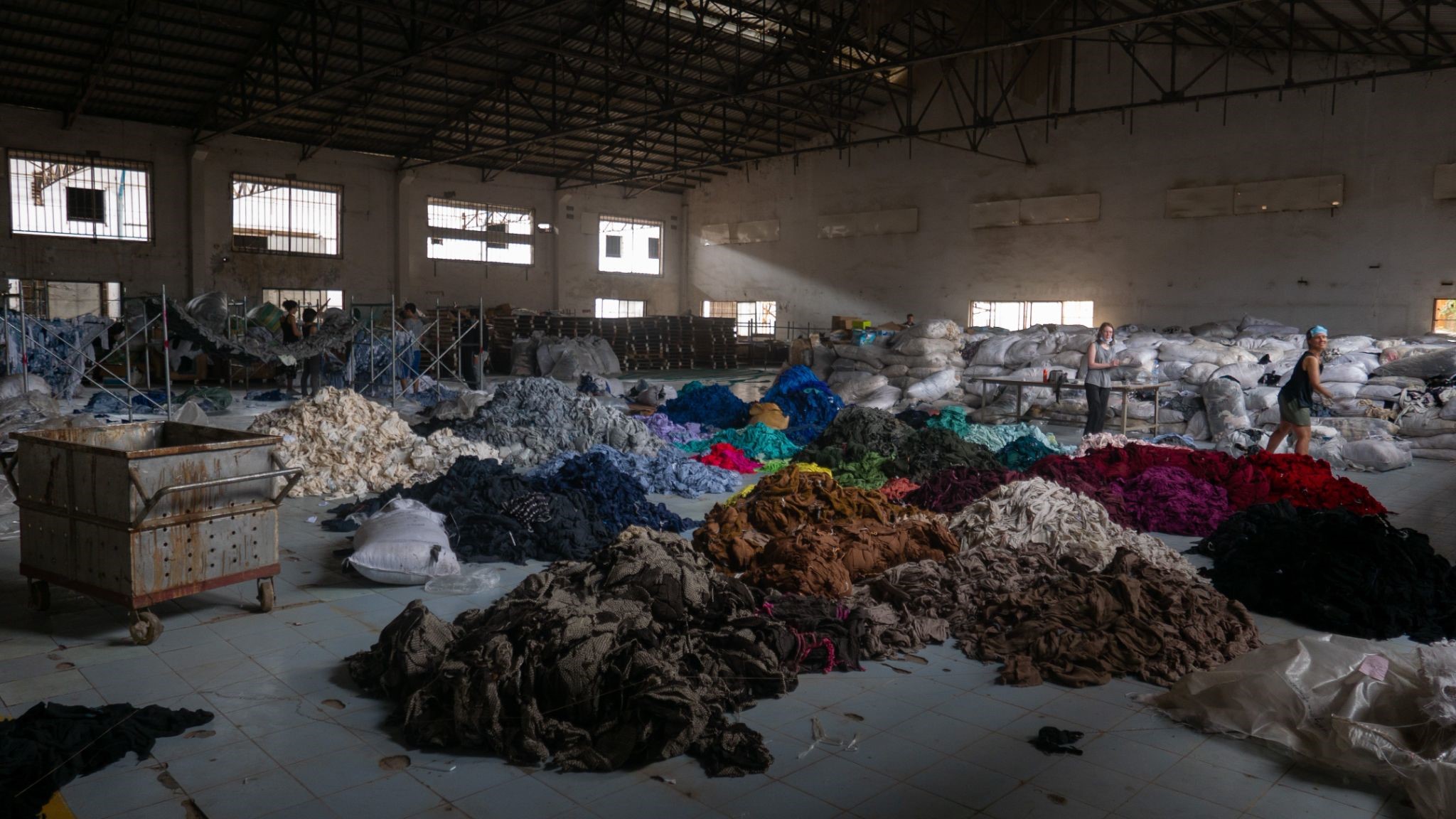
Learn the basics of sewing
We all have a shirt missing a button or jeans with a little rip that are dying a death at the back of our wardrobes. Items that you would wear if they weren’t in disrepair. So often these are the items that, although perfectly good, are dumped. By learning the basics in sewing you can revive clothing and save it from landfill. There are a plethora of easy to follow videos on YouTube covering everything from how to correctly sew back on a button, to mending a tear and hemming a pair of jeans. It can be daunting at the start but also so incredibly rewarding when you know you have given an item of clothing a new lease of life.
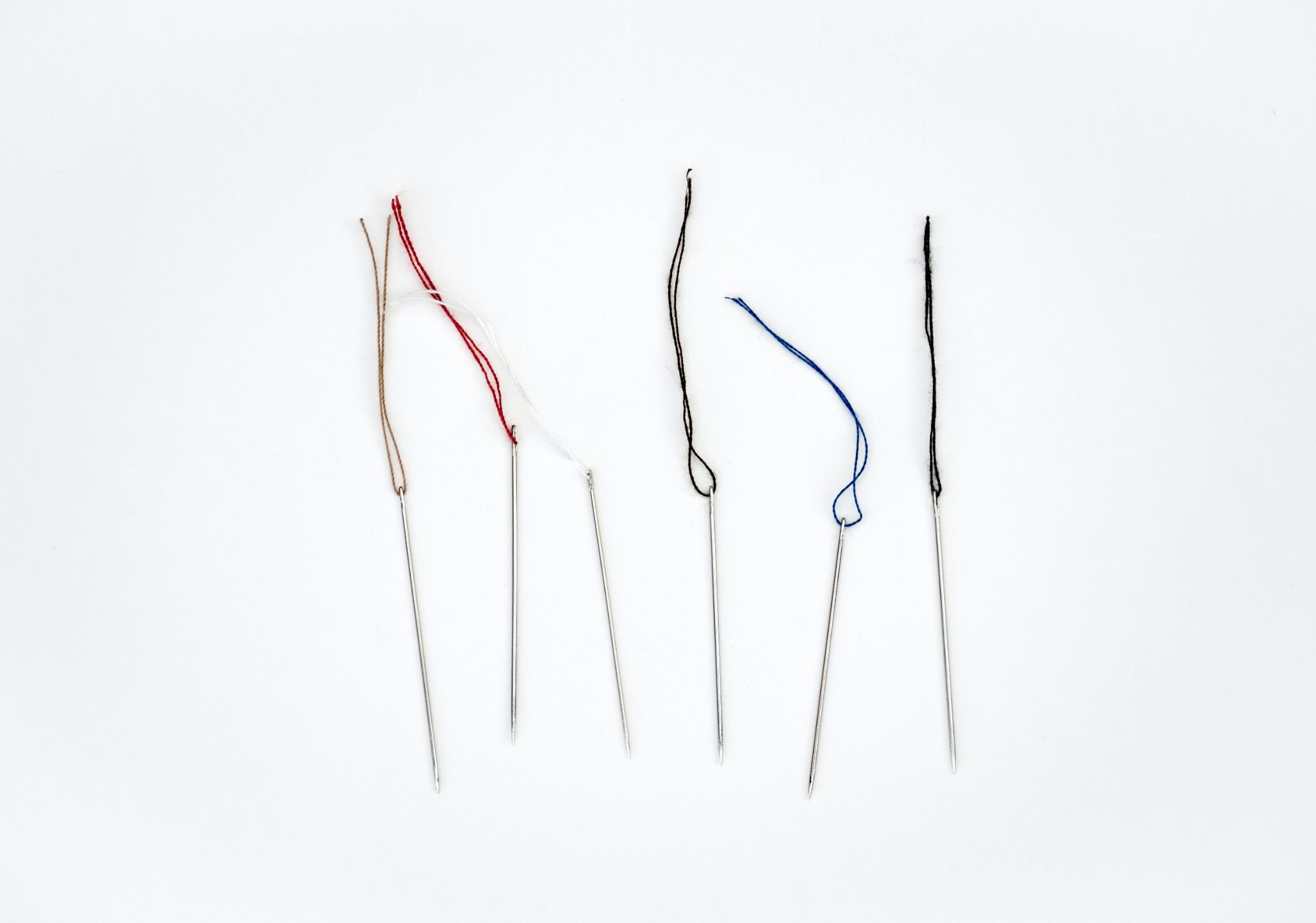
Get crafty by upcycling
Embroidery, paint and dye are great ways to add some va-va-voom to your wardrobe. “Simple, but effective” is our favourite mantra when it comes to upcycling our clothes. Embroidering some flowers on a shirt collar and painting the back of a denim jacket will make an item of clothing completely individual to you, meaning you will be more likely to wear it. It’s also so worth it for the bragging rights - “Hey, I love your Jacket, where can I buy it?”. “Sorry man, it’s an original. I painted it last week. One-of-a-kind, no biggie…”.
Find a good tailor
Anything that is beyond your capabilities can be saved by a skilled tailor. An item of clothing that doesn’t fit you anymore can be altered so it does. Any gifted tailor can take clothing in or add additional material to stretch it out, so that you can feel comfortable in it once again.
-
5. How to shop ethically on a budget
Our consumerism-driven society is problematic at best and destructive, exploitative, and wholly unethical at worst. Whilst ethical options are becoming increasingly available for everything from fashion and food to homeware and personal care, the biggest message to be understood is that we all need to s l o w d o w n with our purchasing. We have exponentially more stuff than we could ever need. At the end of the day this ends up in three places; landfill, incinerated or releasing toxic chemicals into the air or sea, polluting and damaging our the water and wildlife. So, becoming more discerning between quantity and quality, is crucial.

Shop local
For more ethical shopping, going local is always a solid option. This ties in the aspect of carbon footprint reduction, as no overseas travel required. It also supports smaller businesses who are working hard to produce good quality products on a naturally smaller scale than their giant corporation counterparts.
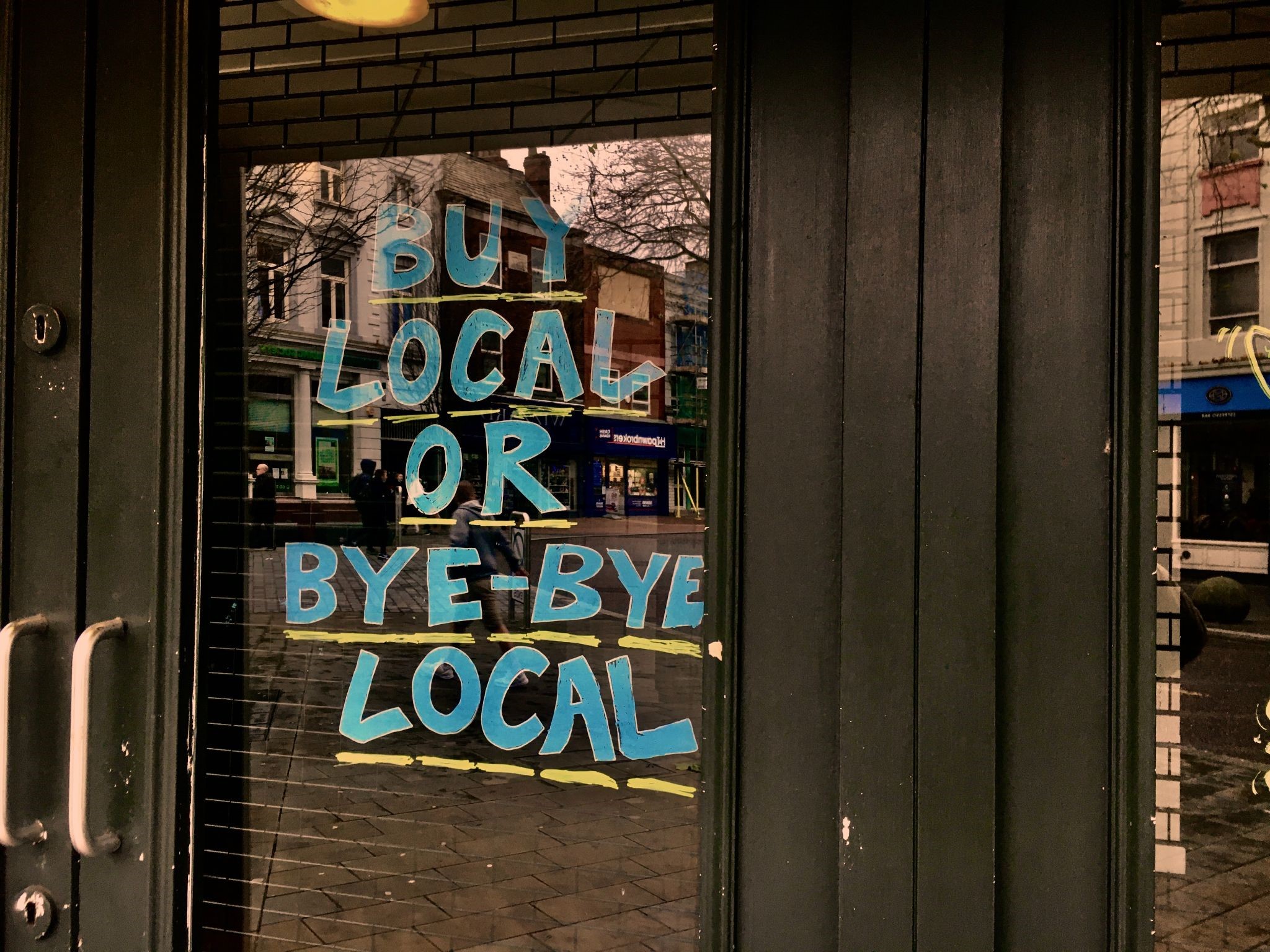
Preloved purchasing
Another way to shop ethically and save money? Go second-hand. In Ireland, we are #blessed to have such a vibrant culture of second-hand shopping; from quirky vintage stores, to well-stocked charity shops and now the added option of new online platforms, the preloved economy is thriving and the bounty is plentiful.
By shopping second-hand, you are engaging in the circular economy and making use of products that are already in circulation, without any of the need for additional resources or carbon emissions required for production. All of the joy of the cake and none of the mess of baking!


